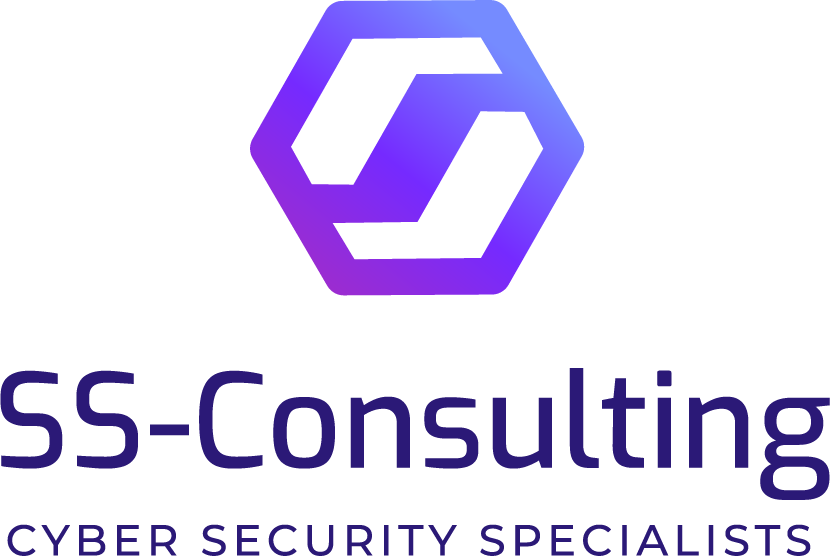In the ever-evolving landscape of cyber security, 2024 has unveiled new challenges that businesses must navigate to safeguard their digital assets. The acceleration of technological advancements, particularly in artificial intelligence (AI) and the internet of things (IOT), has ushered in a new era of cyber threats. SS-Consulting, which positions itself as a leader in cyber threat intelligence, is at the forefront of understanding and mitigating these emerging risks. This press release aims to shed light on the latest cyber threats facing businesses and outline strategies for preparedness and resilience.
AI-driven cyber attacks
One of the most significant developments in the cyber threat arena this year has been the rise of AI-driven attacks. AI, while being a boon for operational efficiency and data analysis, has also given cyber criminals a powerful tool. AI algorithms can now be used to automate attacks, making them more sophisticated and harder to detect. These attacks can range from advanced phishing campaigns that are incredibly personalised to AI-driven network attacks that can adapt to counter security measures in real-time.
Businesses must understand that traditional cyber security measures might not be sufficient to counter these AI-driven threats. Upgrading to AI-powered security solutions that can anticipate, identify and neutralise such threats is becoming increasingly essential.
Deepfakes
One alarming trend is the use of deepfake technology to create realistic audio and video impersonations. This can lead to unprecedented social engineering attacks where trusted identities are mimicked to gain unauthorised access or disseminate misinformation. Businesses must educate their employees on the potential of deepfake attacks and invest in advanced detection tools that can identify these sophisticated forgeries.
Ransomware: Evolving and escalating
Ransomware continues to be a prominent threat in 2024, but with an alarming twist. Cyber criminals are now leveraging AI to create more sophisticated ransomware programs. These new strains can adapt to different security environments, making them harder to detect and block. Moreover, the trend of "double extortion" ransomware attacks, where attackers not only encrypt data but also threaten to leak it, is on the rise, posing a dual threat to businesses.
The threat from within: Insider attacks
Another growing concern is insider threats. As businesses adopt more complex and distributed IT systems, the risk of insider attacks, either malicious or accidental, increases. These can be particularly damaging as they come from within the organisation and can, therefore, bypass many external defences.
IOT and the increase in cyber security attacks
The increase in the use of IOT by organisations has increased the prevalence of cyber attacks. The growing number of connected devices increases the attack surface available to threat actors, exacerbated by the inherent inability of IOT devices to be protected by the typical endpoint solutions due to processing power requirements that most IOT devices do not have.
In response to these emerging threats, businesses must adopt a proactive cyber security posture. This includes:
Embrace AI in cyber security: Implement AI-powered security solutions that can keep pace with AI-driven threats. These systems can provide predictive analytics, threat intelligence and automated response mechanisms.
Continuous education and awareness: Regularly train employees on the latest cyber threats and best practices. An informed workforce is a critical line of defence.
Robust data management and backup strategies: Implement strong data management policies and ensure regular backups to mitigate the impact of ransomware attacks.
Insider threat programmes: Establish comprehensive insider threat programmes that include stringent access controls, monitoring and behavioural analysis to detect and prevent insider threats.
IOT threat protection programmes: Preventing IOT cyber attacks requires the use of strong device passwords, regular updates to firmware, use of encryption on devices and communication channels such as mobile networks, segmenting IOT device networks and monitoring for unusual activities.
Incident response planning: Develop and regularly update an incident response plan to ensure a swift and effective reaction to any security breach.
Collaborative defence: Engage in information sharing with industry peers and participate in joint cyber defence initiatives. This collaborative approach can offer advanced warning and strategies for new threats.
As we navigate through 2024, it is clear that the cyber threat landscape will continue to evolve. Businesses must not only stay informed about these emerging threats, but also proactively adapt their security strategies. SS-Consulting, with its deep expertise in cyber threat intelligence, stands ready to assist businesses in navigating this complex and ever-changing landscape. By adopting a proactive, informed and collaborative approach to cyber security, businesses can not only protect themselves from the threats of today but also prepare for the uncertainties of tomorrow.
For more insights and to learn how SS-Consulting can help safeguard your business, visit www.ss-consulting.co.za.
Share
